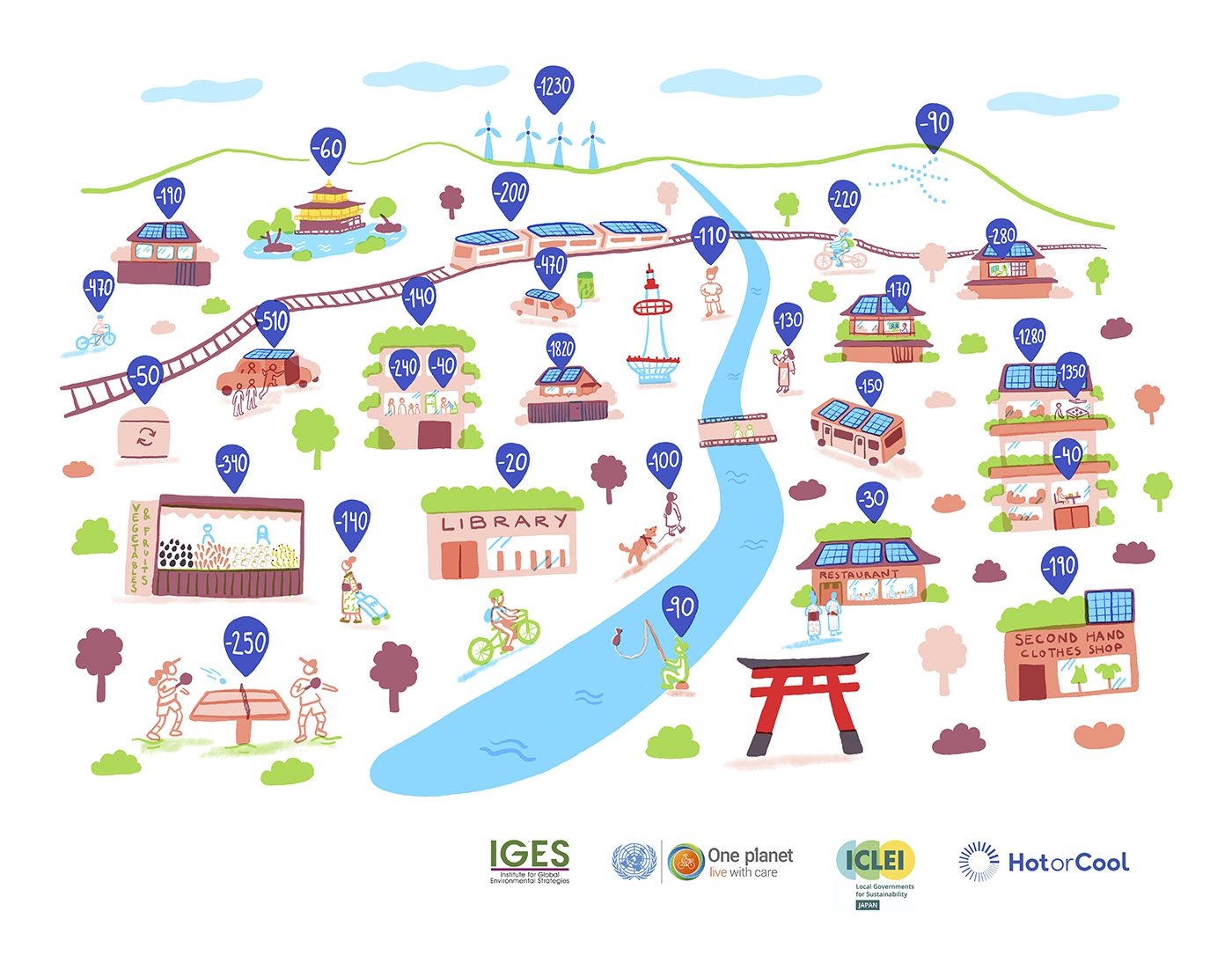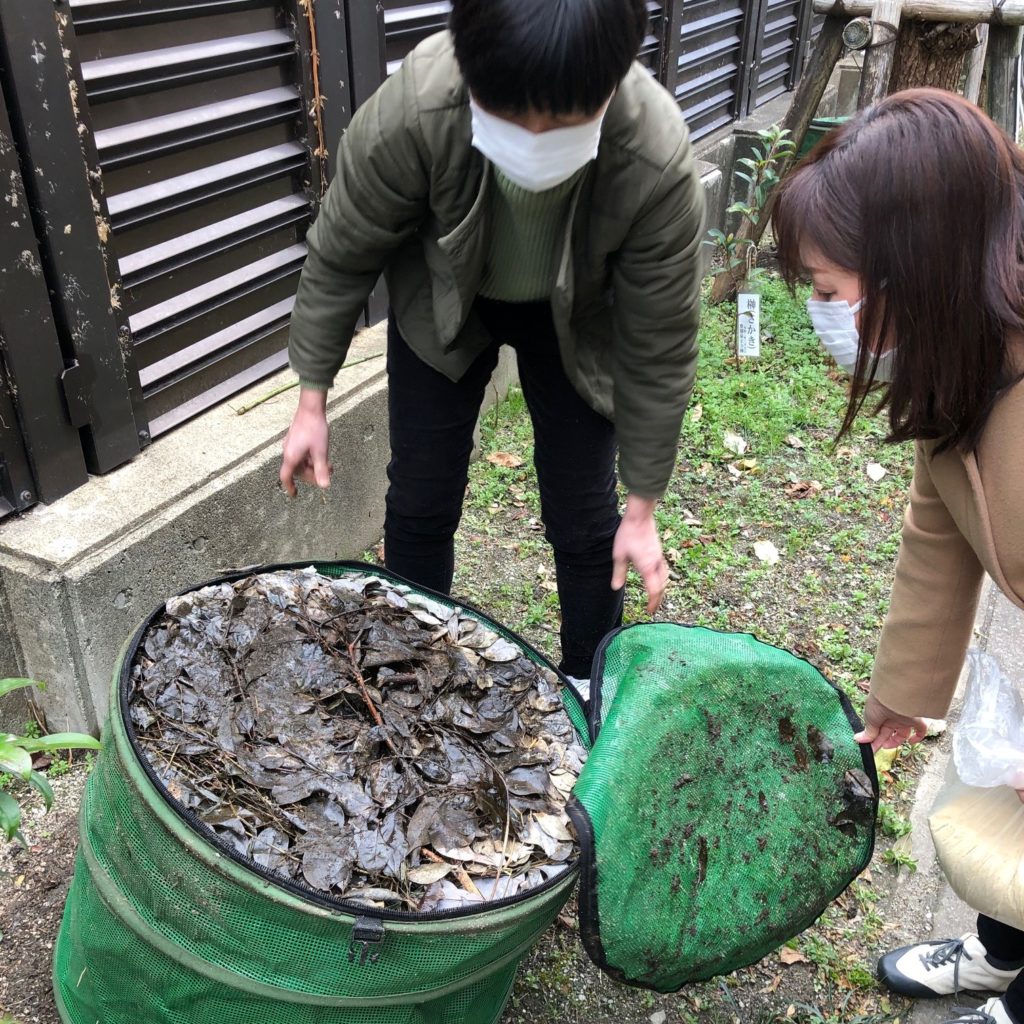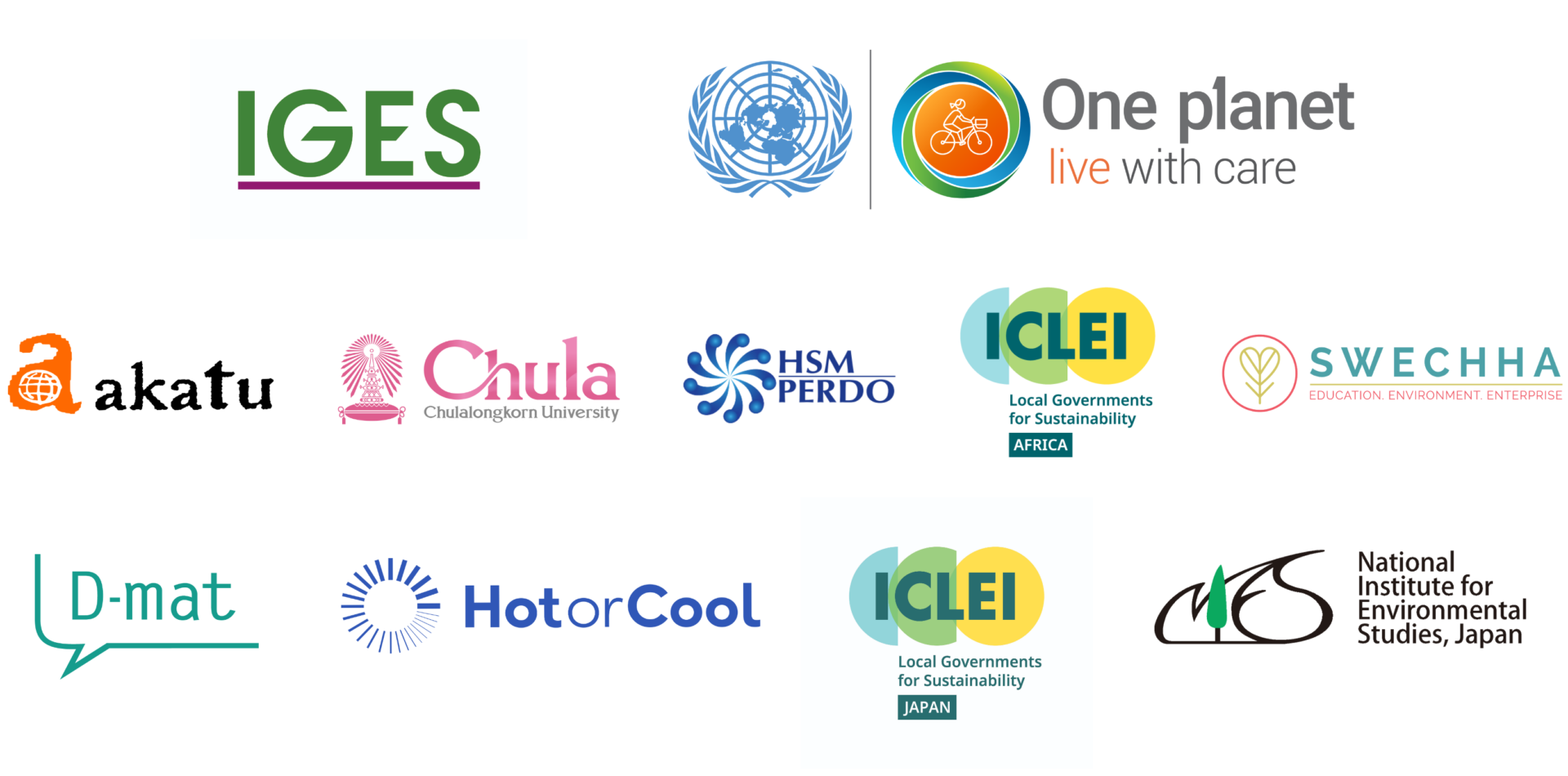Kyoto
In the attempt to provide feasible options of concrete actions the 2030 vision of Kyoto is a co-creation with citizens that is compatible with the 1.5-degree target of the Paris Agreement. The project finds that with the low-carbon lifestyle options Kyoto can reduce the current production of 7 tons of carbon equivalent per capita per year to 4.2 tons in 2030. With a transformative shift at multiple levels this number have the potential to reach the target of 2.5 tons!
Read more about the Kyoto vision in the city brief.

Telework:
-280kg CO₂e/cap/yr
Live close to
working place:
-190kg CO₂e/cap/yr
Bicycle commuting: -220kg CO₂e per capita per year
Train commuting:
-200kg CO₂e per capita per year
Bus commuting:
- 150kg CO₂e per
capita per year
Buy in bulk: -140kg CO₂e
per capita per year
Fun in the neighbourhood:
-100kg CO₂e per capita
per year
Private bicycle
travel: -470kg
CO₂e per
capita per year
Online homecoming:
-170kg CO₂e
per
capita per year
Long holidays in Japan:
-60kg CO₂e per
capita per year
Ridesharing / Car sharing:
-510kg CO₂e per
capita per year
Electric vehicles
(renewable energy charging):
-470kg CO₂e per
capita per year
Electrification with IH
cooking heater +
renewable energy
(electrification of
cooking):
-1350kg CO₂e
per capita per year
LED bulbs: -90kg CO₂e
per capita per year
Thermal Insulation
Renovation:
-140kg CO₂e
per capita per year
Regulate temperature
by clothing:
-110kg CO₂e per
capita per year
Power generation by
rooftop solar panel:
-1280kg CO₂e
per capita per year
Switching to 100%
renewable energy
electricity: -1230kg CO₂e
per capita per year
Compact housing:
-240kg CO₂e per
capita per year
Zero-energy house /
Nearly zero energy housing:
-1820 CO₂e per
capita per year /
-1430kg CO₂e per
capita per year
Balanced and
healthy home
cooking: -40kg CO₂e
per capita per year
Balanced, healthy
drinks and snacks:
-130kg CO₂e per
capita per year
Eating out in a
balanced and healthy
way: -30kg CO₂e per
capita per year
Reducing food
loss at home:
-40kg CO₂e per
capita per year
Diet centered on vegetables and
legumes (Vegan food): -340kg CO₂e
per capita per year /
Seasonal production and
consumption of vegetables:
-40kg CO₂e per capita per year
Careful selection and
recycling of clothing:
-190kg CO₂e per
capita per year
Careful selection
and recycling of
electrical products:
-50kg CO₂e per
capita per year
Careful selection and sharing of books
and magazines, the use of
libraries and e-books:
-20kg CO₂e per capita per year
Community recreational
activities: -250kg CO₂e
per capita per year
Local eco-tourism: -90kg
CO₂e per capita per year
Illustration by Tania Vicedo
I have been practicing cardboard composting on my balcony. The garbage is returned to the soil and I am able to use it to grow garden vegetables. I am enjoying such circulation of life.

Traditional architecture and cityscape, cuisine, unique culture, and public transport network describes the vision of Kyoto in 2030. Reducing the average carbon footprint will happen by replacing car use with bicycle and public transportation; installing renewable energy supply; building zero energy houses; and reducing red meat consumption by 85%.
The ambition of this project is to both encourage citizens to make environmentally friendly choices in their everyday life and to urge other stakeholders such as governments and businesses to make such choices possible by enabling and make available the necessary means.
Eco Promotion Committee members gather to cut weeds and make humus at a Kyoto elementary school: “This is a long-term initiative to reduce the amount of burnable garbage and use the resulting humus to grow vegetables that can be used as food.
Through the household experiments the participants were inspired to find sustainable and new practices while staying true to traditions of restoration and preservation. Some participants also expressed how they were inspired to bring their newfound knowledge of 1.5-degree lifestyles and raise awareness across various generations in their communities.

The workshop also made me realize the importance of passing on the message to children, and that the parents' generation has an obligation to make efforts to leave a good environment for their children.






